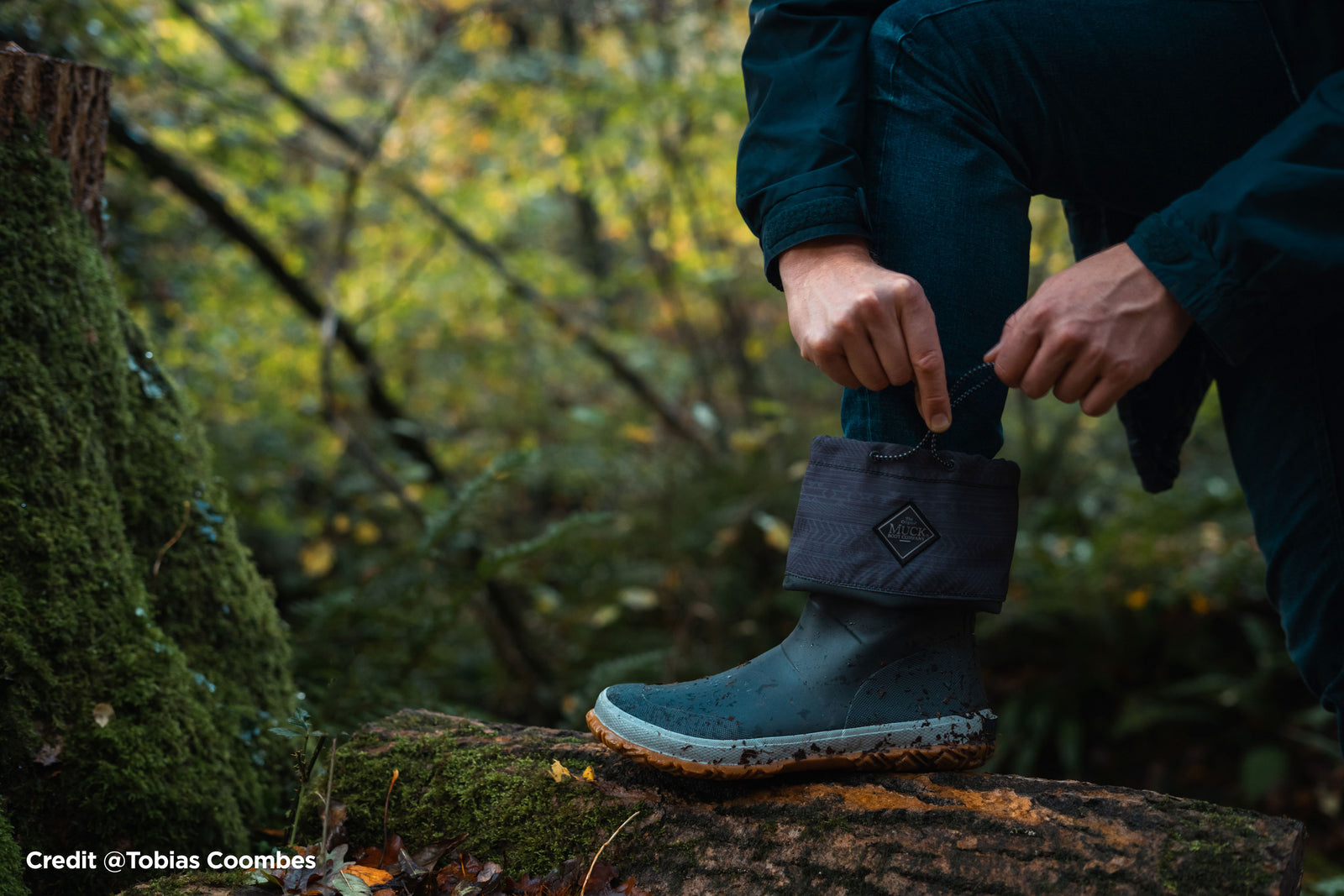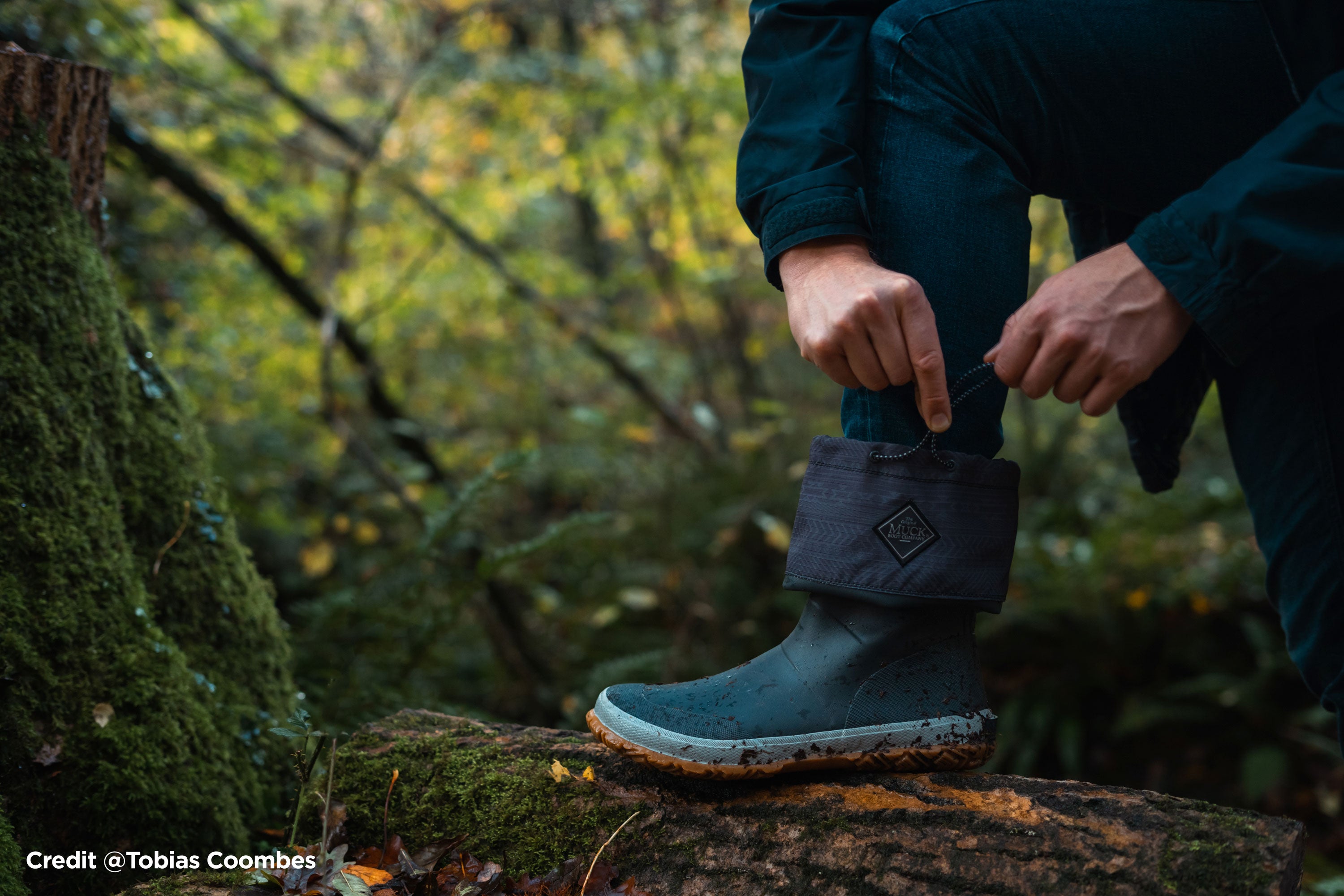On sandy dunes in early winter around the UK you’re likely to find sea buckthorn, with its imposing brown spikes and bright orange berries visible from the distance. The berries ripen in autumn but stay fresh on the bush for many months after the leaves die back, leading to their stark appearance, cresting the peaks behind the beach, and dominating the landscape with a wall of impenetrable spikes.

The flavour of sea buckthorn is hard to compare to anything else. They contain little sugar and have a very high acid content, so the juice is extremely sour as a result. The aroma is heady, funky and a little like tropical fruits – and it can substitute for passionfruit quite well in the right applications! It makes a fantastic mousse or posset, or dressing a few freshly shucked oysters with the juice is phenomenally delicious, but our passions lie in cocktails, where it really shines as a delicious ingredient.
One riff on a modern classic is a buckthorn-spiked Pornstar Martini, which I’ve called a Siren Song. Whilst we would usually make every component ourselves, I’ll instead focus on the buckthorn and list easily available ingredients for each other component.
Firstly, make your Sea buckthorn and vanilla syrup: 100g sea buckthorn juice, 100g water, 50g white sugar, 150g demerara sugar, one vanilla pod. Combine the sugar and water in a pan and heat gently to dissolve the sugar, then take it off the heat and add the vanilla pod (cut in half) and the buckthorn. Sit in in the fridge overnight, then strain out the vanilla. This can be rinsed and added to a pot of sugar to make vanilla sugar for your baking and coffees!
Siren Song
50ml vanilla vodka
30ml sea buckthorn & vanilla syrup
15ml Passionfruit liqueur
10ml lime juice
Shake everything hard with plenty of ice, then strain and serve. Feel free to serve it with a shot of prosecco if you like, too.

Cocktail Recipe #2 – Talisker & Buckthorn Sour
Alternatively, the more adventurous may enjoy the fusion of smoky, briny island scotch with the fruity funk of buckthorn. In the past at Brozen Bar, we’ve made a frozen Talisker and buckthorn sour, served on a bed of seaweed foam, though for those without liquid nitrogen at their disposal, we have an alternative!
30ml Talisker Skye
10ml London dry gin (we used our own, of course) for its botanical touch
20ml lemon juice
10ml buckthorn juice
15ml seaweed syrup (200g white sugar and 100g water, heated together with some seaweed of your choice and strained – foraged seaweed is great, but a nori sheet works surprisingly well too!)
An (optional) egg white.
Shake it hard without any ice to get lots of air into it, then add plenty of ice and shake it hard again to chill it down! You can serve it straight up, but I prefer it served in a tumbler with a few big rocks of ice.
Related Product
Best Boots for Foraging
More…
Visit the Brozen Bar - https://brozenbar.com
Facebook - https://www.facebook.com/brozenbar
Instagram - https://www.instagram.com/brozenbar/





